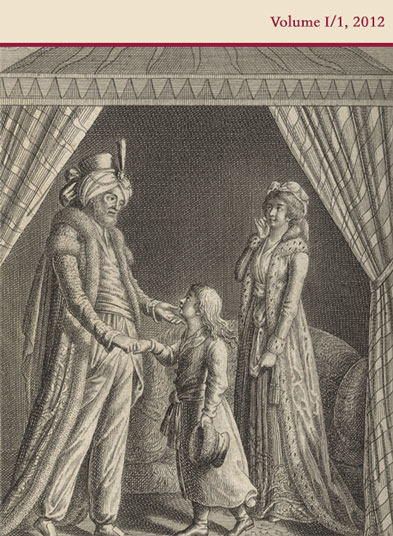Review of Martina Baleva: Bulgarien im Bild: Die Erfindung von Nationen auf dem Balkan in der Kunst des 19. Jahrhunderts. Cologne, Weimar, Vienna: Blau, 2012.*
Abstract
Monographs concerned with aspects of the artistic heritage of the Balkan Peninsula are an absolute rarity, and even more so when they are published in western languages. Martina Baleva’s book on the image in a nineteenth-century Bulgarian context is a most welcome addition to a body of critical literature that is only beginning to emerge. The informative introduction reveals that the authors interest in pursuing an inquiry along these lines was awakened during her studies at the Freie Universit Berlin, where she came to be exposed to theories of nationhood that sounded, as she writes, quasi-heretical to someone hailing from the Balkans. The ethnically-defined nation, so it was now claimed, was not a matter of fact, but a bourgeois construct that dated back no further than two centuries. To become palatable to various social strata, it had to be promoted through visual and other media. Eventually, state institutions that work to reproduce existing society, such as schools and universities, helped to strengthen peoples convictions of belonging to such imagined communities.

